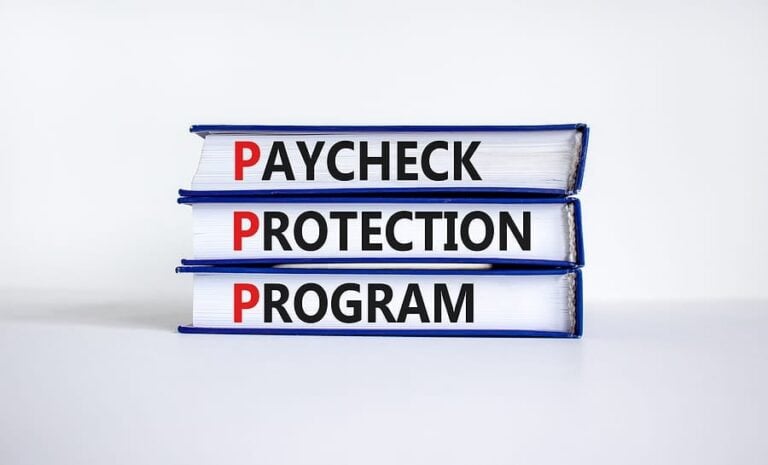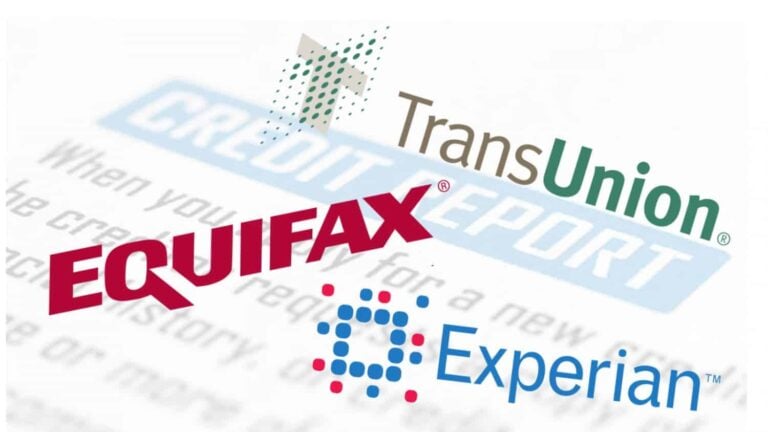Getting a small business loan is no small task. Many budding business owners soon learn that nobody teaches you how to get approved for a small business loan in school. Borrowers need to research where to go for financial products offering the right scale for small businesses. They also need to know if they fit a lender’s qualifications before initiating the application process. Are you looking for funding for your small business? Take a look at five steps for how to get a small business loan.
1. Strengthen Your Credit
Do you need good credit for a small business loan? In truth, this is often the first thing lenders look at when determining your loan eligibility. As a small business owner, your credit score is like a badge that reveals how well you manage debt. Start by getting a free credit score from Experian, Equifax, or TransUnion. If you’re borrowing money for a business that’s already operating, you can also request your business credit score from the credit bureaus. While the range for personal credit scores goes from 300 to 850, business scores range from zero to 100.
Generally, you need to have excellent personal and business credit to qualify for traditional bank and government-backed SBA loans. If you’re wondering how to get a small business loan with bad credit, there are two options on the table. The first is to wait to launch your business until you can take steps to bulk up your personal financial picture by paying down debts, improving your debt-to-income ratio, or contesting any mistakes on your credit report that may be damaging your score. If you’ve already launched your business, you can use the fact that many online lenders weigh your company’s cash flow and track record heavily when deciding to lend to your advantage. Many small business owners pivot to PayPal business loan products, Square small business loans, and On Deck business loans over bank loans for this very reason.
2. Do Your Homework to Find Lenders That Fit Your Needs
Applying for loans that aren’t within reach can be a waste of time. What’s more, having your credit report pulled multiple times can actually harm your credit score. Ideally, you’re setting yourself up to walk into the situation feeling pretty confident that you already qualify. Inquire about lending qualifications ahead of time by learning about each lender’s minimum for:
- Credit scores
- Annual revenue
- Years in operation
- Default history
Just be warned that an “easy” loan may not be what it seems. Some lenders relax borrower requirements for how to get a small business loan in exchange for stricter lending terms. That could mean that you’ll pay higher interest.
3. Get All of the Right Documents in Place
The application process for a business loan is often rigorous. Expect your lender to request documentation and paperwork going back several years. What do you need for a business loan as far as documentation? Here’s a rundown of what is needed to apply for a business loan:
- Personal income tax
- Personal bank statements
- Business income tax
- Personal bank statements
- Business balance sheet
- Business income statement
- A copy of your driver’s license
- A copy of your business license
- A copy of your articles of incorporation
- Any paperwork related to a commercial lease
The ideal scenario is a strong personal credit history paired with a business with positive cash flow. Many lenders will also ask you to “prove yourself” by submitting a resume showing your related business experience if your business is new. You may also be asked to produce financial forecasts and projections if you don’t have data to show because your business is new.
4. Have a Clear and Convincing Plan for How You Will Spend the Money
Lenders give weight to your business plan when deciding if they should lend to you. In fact, you may find that applying for a business loan feels a bit like a job interview. It’s very likely that you’ll be asked to submit a business plan showcasing how this infusion of funding will result in profit. Generally, lenders need to see these categories covered in a business plan:
- A description of your business
- A description of the products or services you provide
- A rundown of your staff/management team
- An industry analysis showing your company’s positioning
- Operational plans
- Past, current, and projected financial picture
- Growth, sales, and marketing strategies
Having confidence in your business is one thing. However, lenders need to see the proof in the numbers. Having a picture of your cash flow allows lenders to gauge your likelihood of being able to manage repayment.
5. Be Willing to Put an Asset Forward
Collateral is sometimes required to back a loan. Collateral serves the purpose of requiring you to “put some skin in the game” when a lender gives you money. It usually comes in the form of real estate, inventory, or equipment. If you’re unable to repay the loan, the lender will seize the asset that you’ve put up as collateral. Collateral is usually required for larger loans. For instance, SBA loans above $25,000 require collateral. If you’re unwilling to put up collateral when taking out a business loan, you can pivot to unsecured loans. While unsecured loans don’t require collateral, they often come with slightly higher interest rates, lower borrowing caps, and harder approval processes. What’s more, you still risk losing assets if a lender seeks judgment against you if you stop repaying your loan.
If you need help with small business debt relief, United Settlement helps you discover options for business debt settlement. Our experienced debt settlement professionals are ready to help you. Contact us today!

Gabriel Gorelik paves the way for customer service and operations at United Settlement. He is passionate about numbers and holds a strong belief in helping anyone with their debt. Before United Settlement, Gabriel received his BS in Finance & Economics from Brooklyn College. After graduation, Gabriel went on to build his first financial services company where he managed thousands of accounts for business and consumer clients. He understands the importance of client satisfaction, professionalism, and exceeding expectations.









